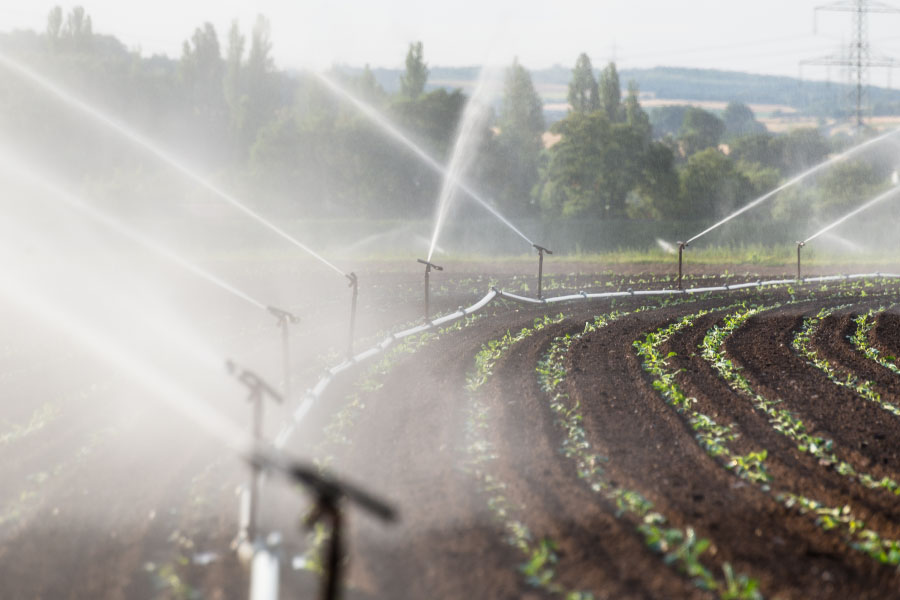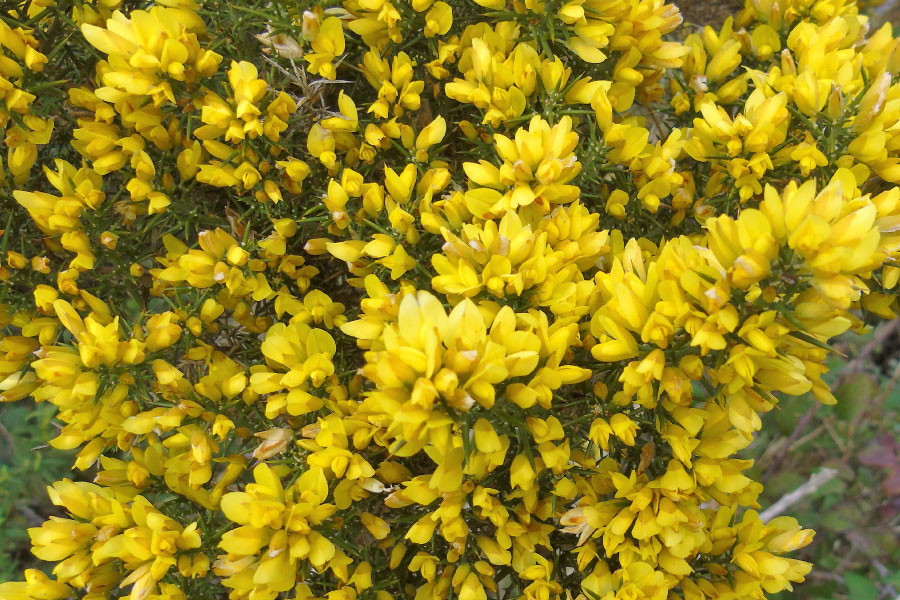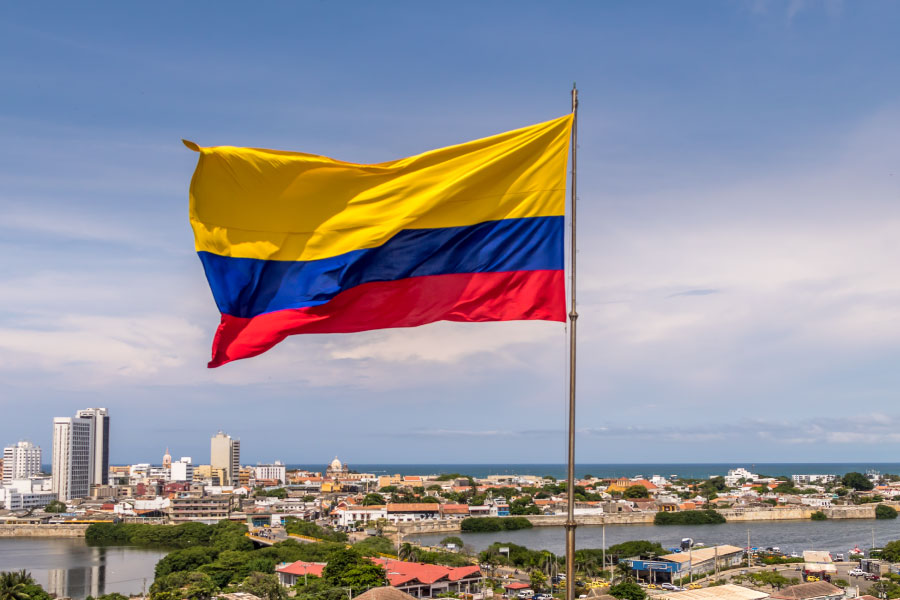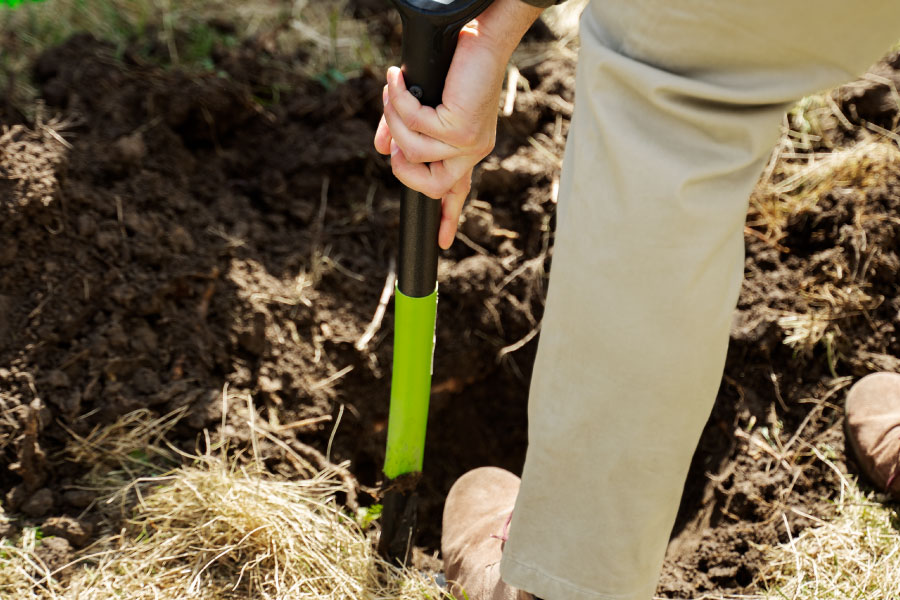
The frailejon and its importance for water

Hello, my friend
Thank you for reading our article and we invite you to visit our blog. Knowing more about the role that water plays in our planet is necessary.
Here are some important facts about frailejón
In the Andean páramos of South America, a unique plant stands as the guardian of water resources and a symbol of resilience: the frailejón. This iconic plant, which has a robust appearance and velvety leaves, not only adorns the landscape of the different Andean altitudes, but also plays a vital role in the ecosystem, acting as a silent guardian of water.
In this article, we will explore the characteristics of the frailejon, its geographic distribution, the types of frailejons and, especially, its vital role in water conservation.
What is frailejon?
The frailejon is a perennial herbaceous plant of the Asteraceae family, belonging to the genus Espeletia. The frailejon has a thick, woody stem, covered with long, hairy leaves arranged in a rosette. Its leaves not only give it a velvety appearance, but are also crucial to its ability to capture and retain water.
Frailejones mostly contain flowers that come in a vibrant yellow color, that particular shape adorns the top of the plant, creating a beautiful visual contrast, which stands out in the misty moors of different Latin American countries.

In which countries does the frailejon live?
Frailejones are native to the páramos, which are high mountain ecosystems characterized by their cold and humid climate. Frailejon is found mainly in Colombia, Venezuela, Ecuador and Peru. The páramos where frailejon is found are located between 3,000 and 4,500 meters above sea level, where climatic conditions are extreme, due to low temperatures, high UV radiation and frequent night frosts.
The frailejon is a special plant, which has evolved to live in extreme conditions, as it has developed unique adaptations that allow it to grow and maintain itself.
Colombia is one of the countries that harbors the most frailejones, since this country has several natural parks that are located at high altitudes.
YOU MAY BE INTERESTED IN: Drytoilet, an alternative to save water
How many types of frailejones are there?
There are more than 90 species of frailejones, each one adapted to the specific conditions of its environment. Some of the most notable species are:
- Espeletia grandiflora: It is the most common and well-known species, with long and soft leaves that give it the common name of “frailejón orejas de burro”.
- Espeletia timida: A small and delicate species that grows in the highest páramos of Colombia.
- Espeletia pycnophylla: A species that stands out for its ability to grow in rocky and nutrient-poor soils.
Each species of puffin has evolved to adapt in order to survive in the harsh conditions of the páramos, demonstrating an incredible capacity for resilience and evolution.
What is the importance of frailejon for water?
The frailejon has a very important role in the regulation of the hydrological cycle, since its hairy leaves and its rosette shape allow it to capture water from fog and dew, acting as a natural sponge. This special capacity of the frailejon helps maintain soil moisture, and best of all, it contributes to the formation of rivers and streams that supply the surrounding communities and ecosystems. The frailejón has other special functions, such as:
- Water capture and retention: The water retained by the frailejon is stored in the internal structure of the plant, allowing it to survive periods of drought.
- Regulates the hydrological cycle: The frailejón has the capacity to capture, retain and release water gradually, and this helps regulate the hydrological cycle in the páramos.
- Protects against erosion: The root system of the frailejon is deep and extensive, which helps stabilize the soil and prevent erosion.
Frailejon is culturally and medicinally important.
In addition to its ecological importance, frailejón has a profound cultural significance for Andean communities. In Colombia, local communities have benefited from frailejón for centuries, as its leaves have been used for medicinal purposes, while its stems have been used for the construction of houses and fences.
The frailejón is considered a symbol of the páramos and of Colombian national identity.
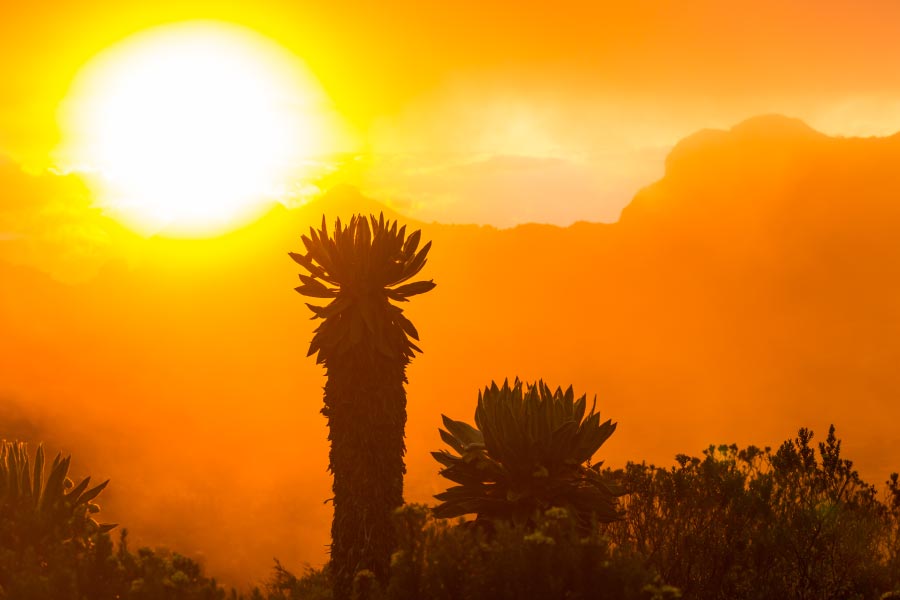
Frailejon and the challenges it faces
Despite their importance, frailejones have lost habitat due to agricultural expansion, cattle ranching and mining. In addition, climate change threatens the survival of this plant.
Over the years, governments have created measures to protect and conserve frailejones and their habitats. Measures such as the creation and maintenance of protected areas, the restoration of degraded páramos, and the promotion of sustainable agricultural and ranching practices.
One of the most important measures is to educate and raise awareness among local communities about the importance of frailejón in the páramos, since the native people are the guardians of these spectacular plants that give us life through water.
In conclusion, the frailejon is not only an important plant for water, it is also a symbol of resilience and adaptation in a constantly changing world. By protecting frailejones, we take care of water, the ecosystem and future generations.

